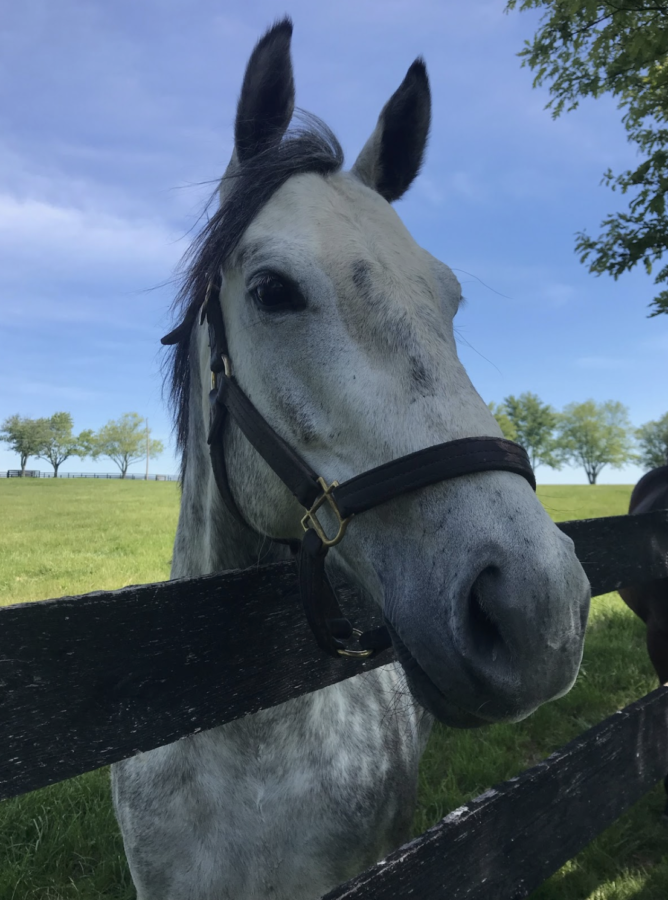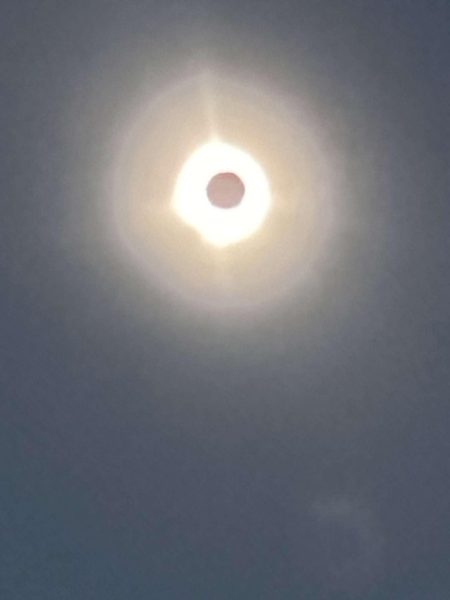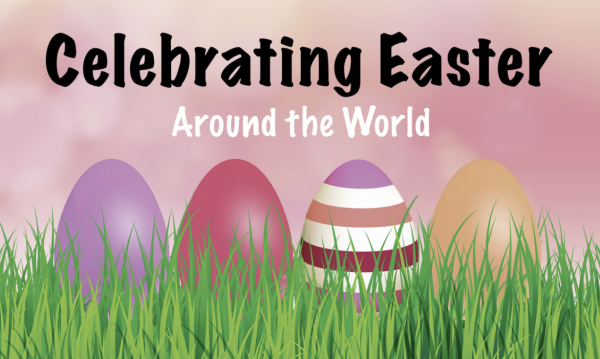Scares and bones: A guide to a horse’s anatomy
Sunshine Market has grown out his winter coat for winter so he can stay nice and warm for the winter.
Anyone can form their own opinion about a horse. Most people think that a horse is either a beautiful, special creature or that it can hurt people.
Although many people might be unaware of this, there are many Highlands High School students who ride horses. Along with this, there are many people who also know a lot about horses. However, knowledge is not just about riding them as there is much more people can learn about horses.
People might think that they are trying to hurt you on purpose. But that’s simply not the case, horses can hurt people but most, if not all, of the time it is not on purpose. If they feel as if they are in danger, in pain, scared, and for many other reasons, they will attempt to defend themself.
When horses are scared they react in three different ways: freeze, flee, or fight. This is similar to how it is for humans, as when we get afraid, we experience flight or fight responses.
When a horse freezes they are trying to be less noticeable to a predator, trying to have more time to figure out the situation.
If they decide to flee, they can go in any direction, they can rear, spin, or trample anything in its way.
If they feel concerned then they will fight, they will use their teeth and hooves to defend themselves. People should never corner, shout at, or run around a panicked horse.
Sophomore Frances Eckerle and Eckerle’s horse, Turner, deal with spooks and scares.
“The worst things Turner has been scared at are a cross country jump when I am riding and a child doing gymnastics.”
Biology, intelligence, and behavior:
Every horse is unique in its own way from bone structure to intelligence to behavior.
All horses have different bone structures; the basic bone structure has 205 bones. Due to the design of the horse, with its heavy head and neck, at least 60 percent of its weight is located on the front legs.
Along with this, 40 percent of the horse’s weight is held by its hind legs. Their hind legs are responsible for most of the forward motion.
The horse’s joints are designed to allow fluid movement, absorb shock, and carry a weight of 1,200 to 1,500 pounds or greater, allowing them to carry themself, cargo, and, of course, humans.
Eckerle and Turner have to be aware of what can happen to Turner and how bad it can be.
“He has hurt his hock joint and has inflammation.”
The inflammation in his hock joint is from repetitive trauma during activity.
A horse can get lame which means hurt. They usually get lame in their hoof more than other body parts. Most of the time they come in lame from moving around all day to get to grassy areas to eat.
Horses spend most of their days eating grass. The horse’s digestive system is constantly working, keeping the horse warm in the winter. Their unique digestive system is very delicate. Horses can’t vomit and can die of extreme digestive upset (colic) if left alone.
Horses have the same senses as humans, as they rely on their hearing to keep them safe. Their ears can rotate 180 degrees, allowing for them to hear where the sound is coming from, sensing where to run if in danger.
Horses can feel the tiniest of touches, such as a fly landing on their back. Horses prefer sweeter foods, such as sugar cubes. Horses see with each eye separately. They aren’t color blind but process colors differently. The smell is the keenest sense. Horses can sense water underground and many other things.
When a horse paws they are impatient. Along with this, horses’ ears mean very different emotions. When the ears are laid back they show displeasure, and when they are pricked forward they point to a feared object.
When our horses interact with us, they tend to synchronize to our heartbeats as well, meaning they can sense slight adjustments in our mood. This means when riders get nervous about something, they inadvertently translate our fears and anxieties onto our horses.
Horses adapt to weather changes but are most comfortable in winter.
In the winter, their long coats help keep them warm by trapping air next to their skin. They feel more comfortable and it is their favorite time of the year.













